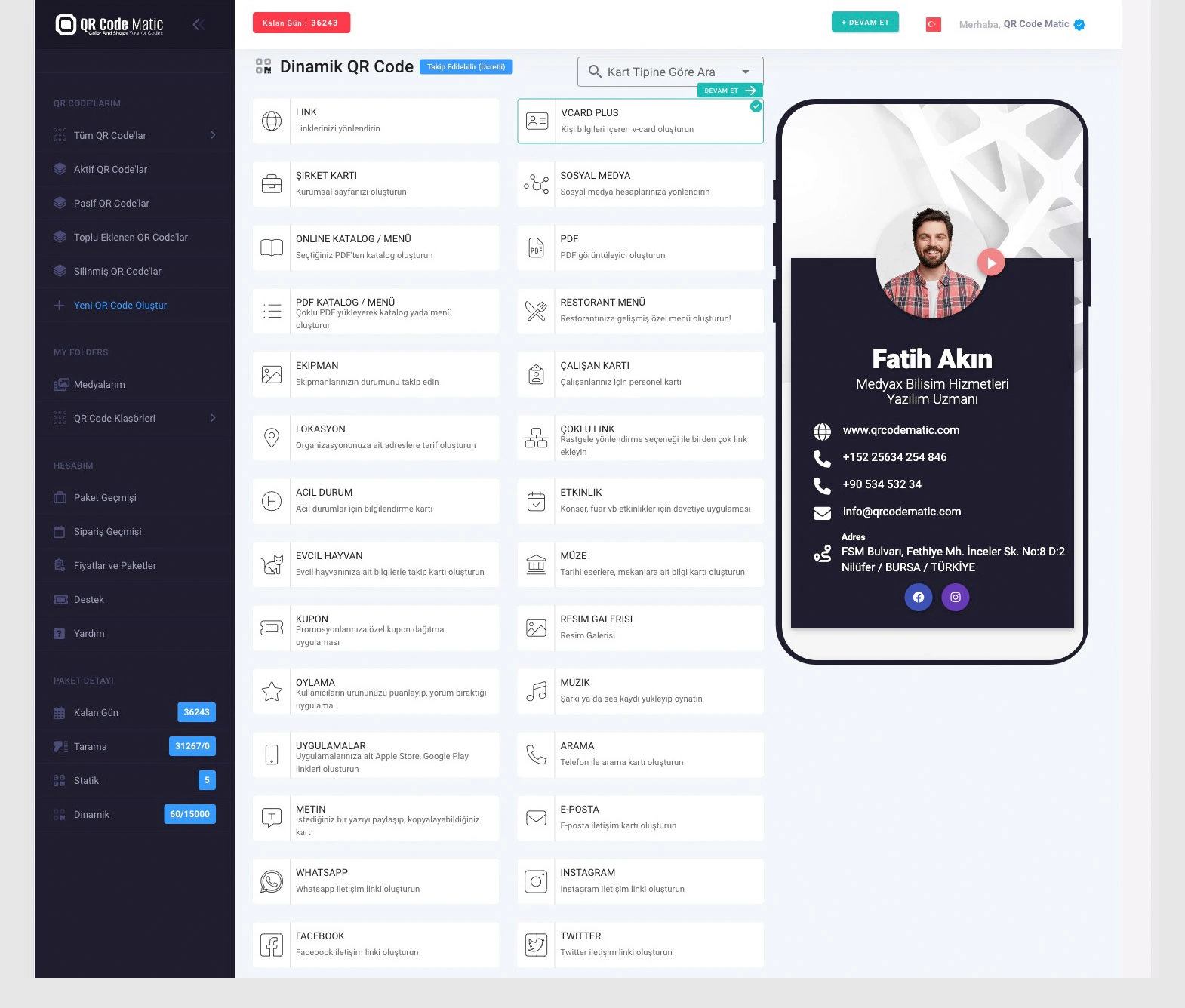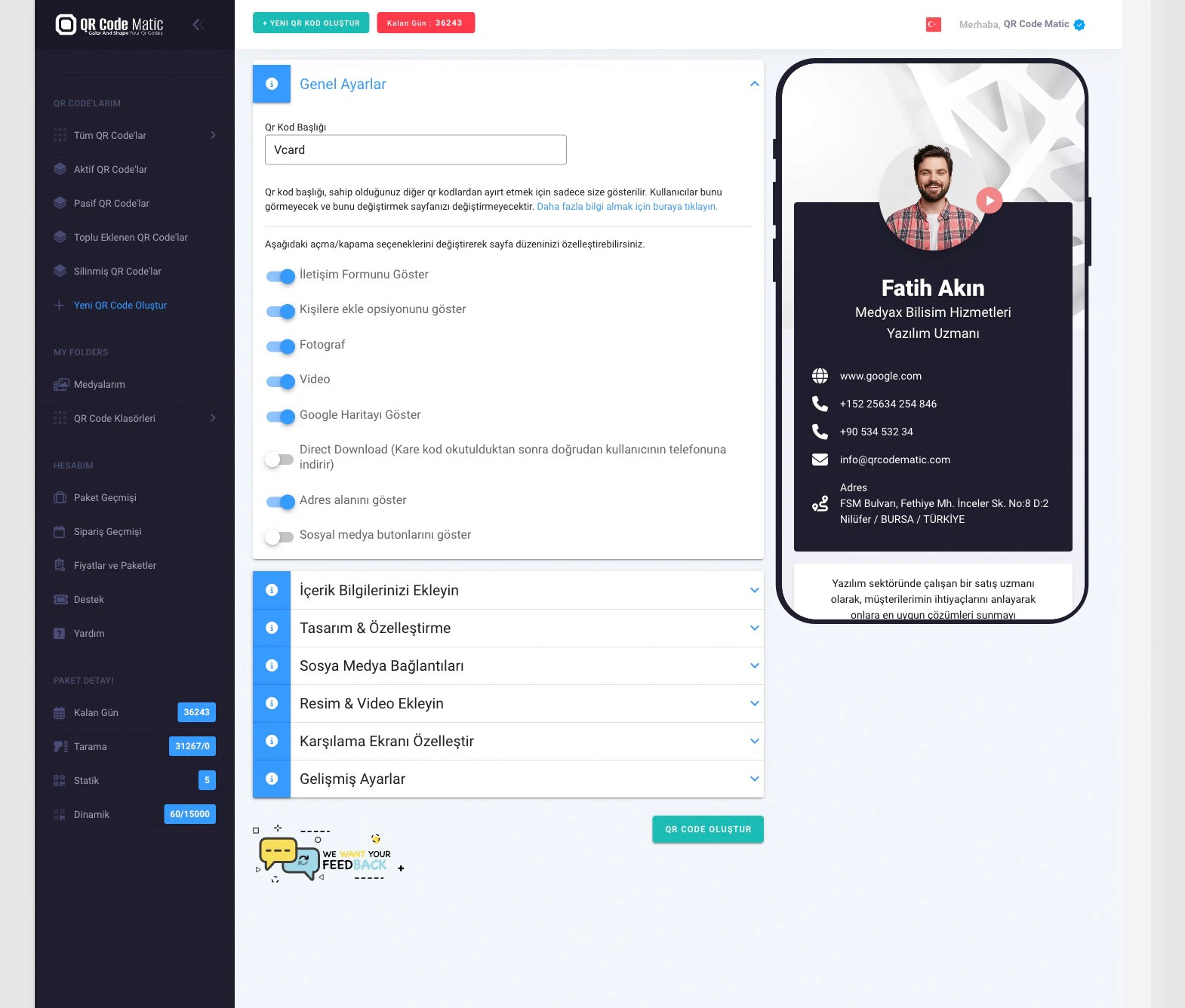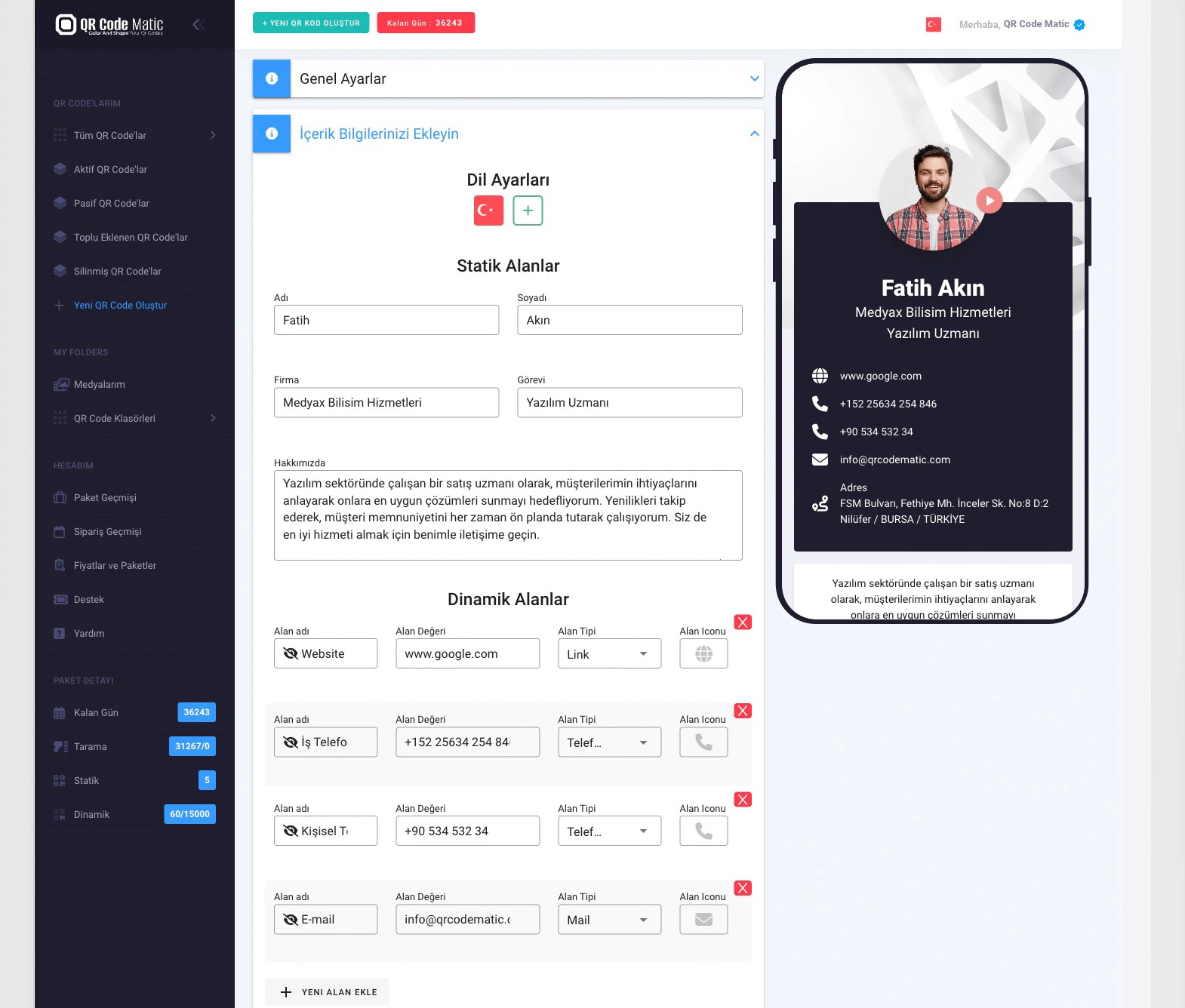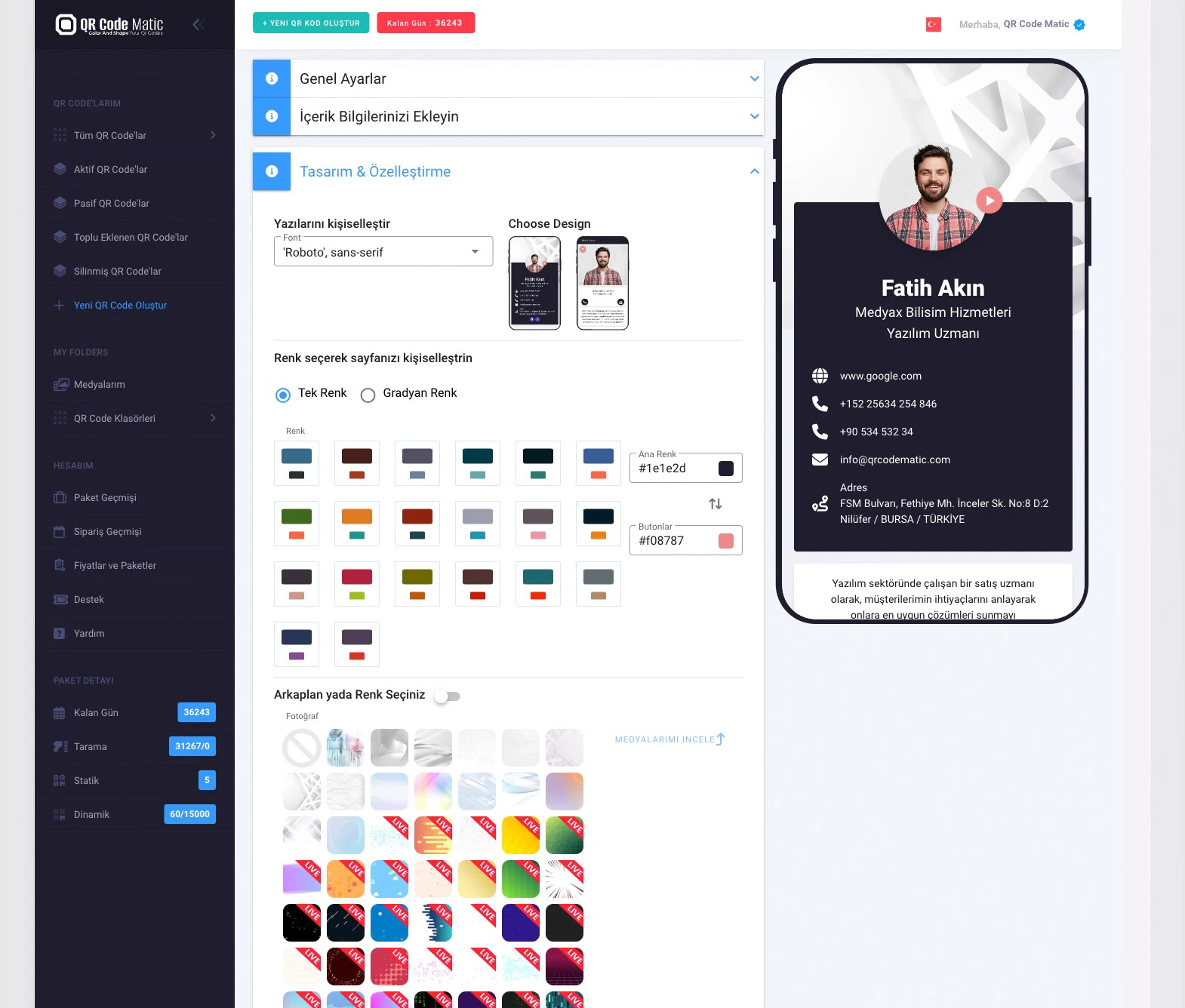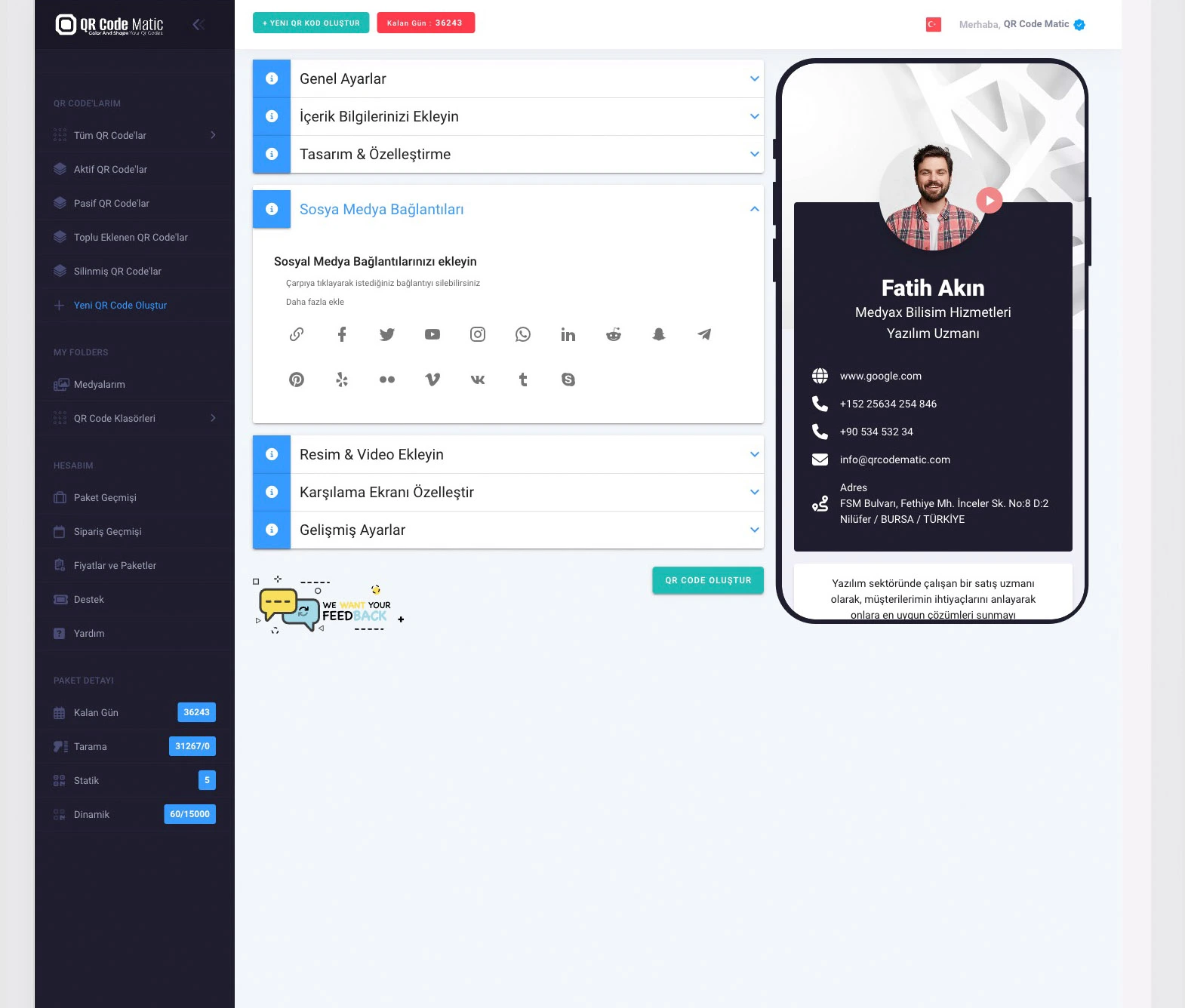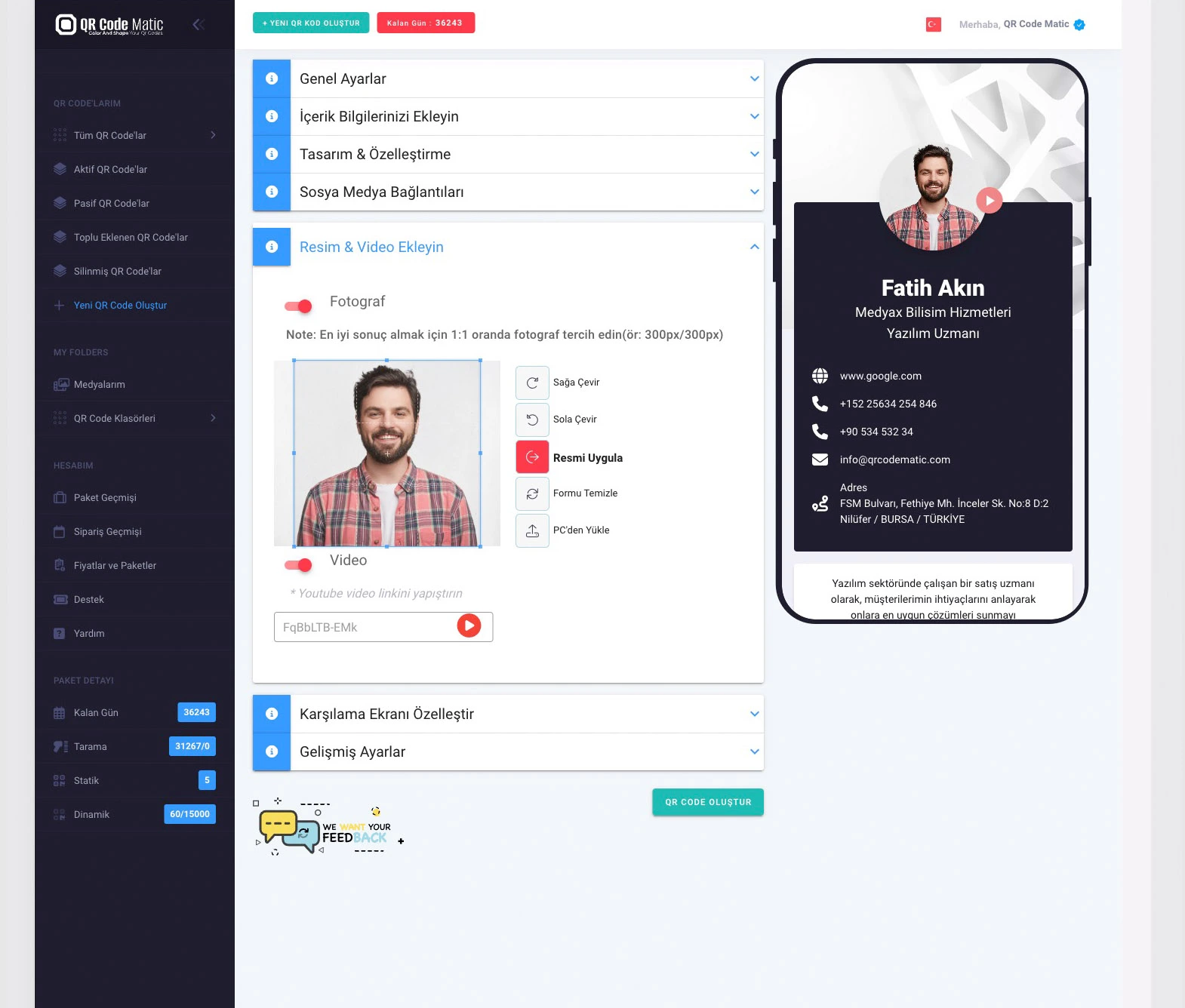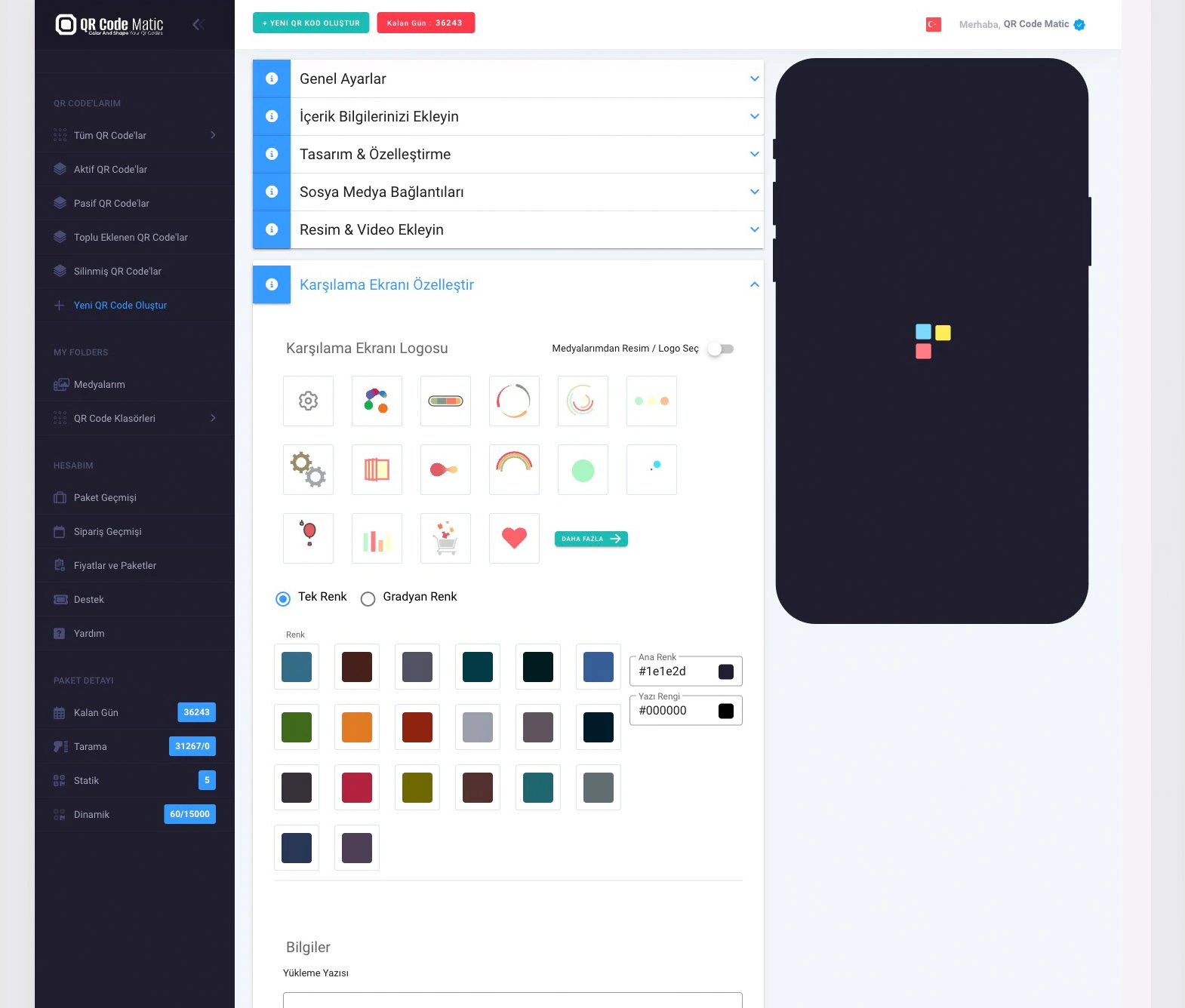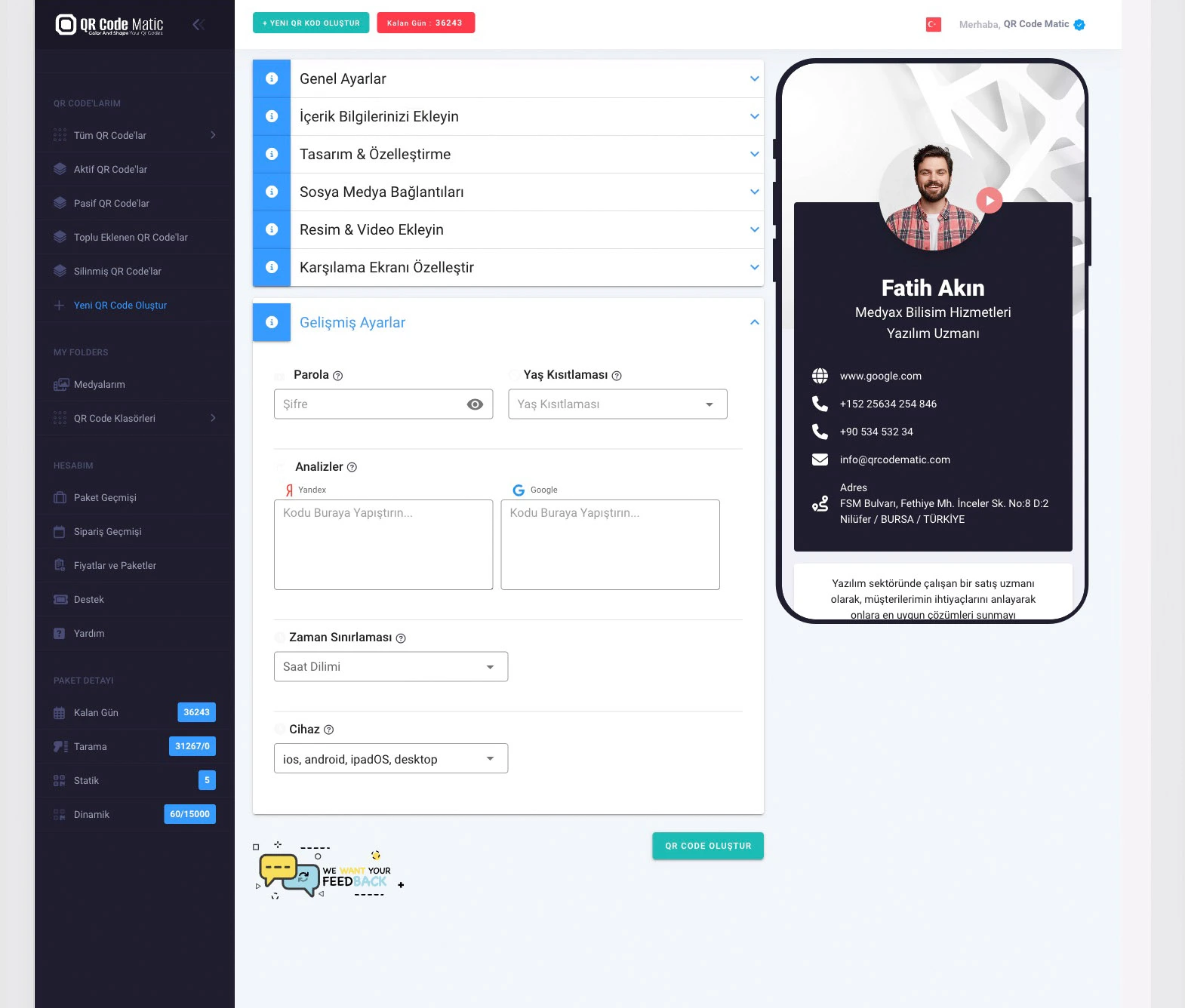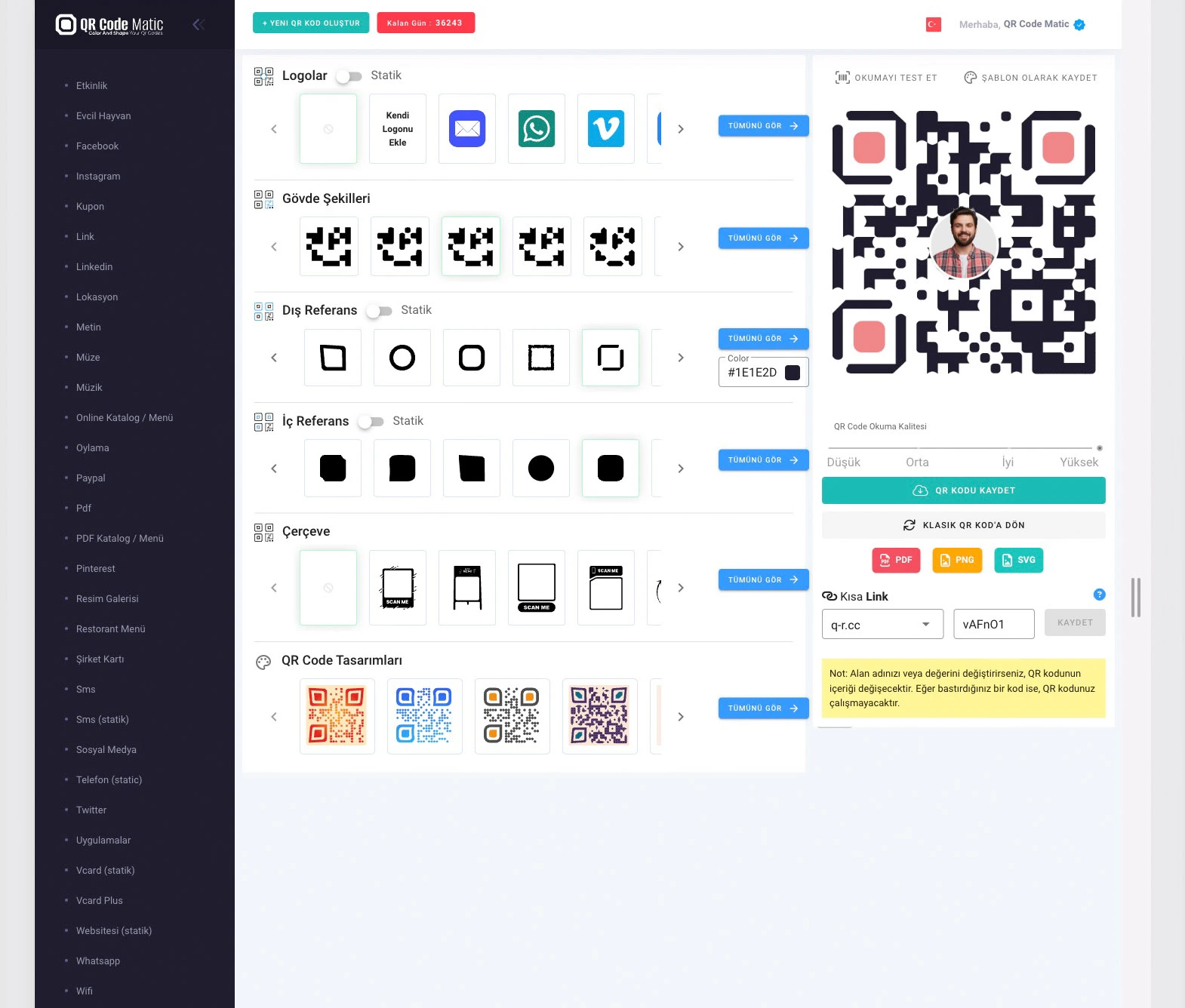In recent years, the use of QR codes on advertising billboards has become increasingly widespread. These small square-shaped codes serve as a new way to engage with consumers. Here are the benefits of using QR codes on advertising billboards:
Quick Access to Information: QR codes provide consumers with quick access to information. Users who scan the QR code on an advertising billboard can instantly access the intended webpage or other content. This allows them to easily access more details or special offers.
Interaction and Engagement: QR codes are an effective way to interact with and engage consumers. QR codes used on advertising billboards can encourage users to participate in surveys, enter contests, or take advantage of exclusive promotions. This enables brands to establish a connection with potential customers and actively involve them.
Measurability and Analysis: QR codes enable the measurement and analysis of advertising effectiveness. Since each QR code is unique, it is possible to track which billboard receives more interactions or which content is more popular. This data helps optimize marketing strategies and achieve better results.
Creativity and Innovation: QR codes offer brands creative and innovative marketing opportunities. QR codes used on advertising billboards can be used to provide interactive experiences. For example, users can play a game, engage in virtual reality experiences, or explore 360-degree views of products using a QR code. This allows brands to capture consumers' attention and provide them with a memorable experience.
Easy Tracking and Conversion: QR codes used on advertising billboards facilitate tracking and conversion of potential customers. When a user scans a QR code, they can be directed to a targeted website or purchase page, making it easy for them to take action. This is an effective way to increase sales and convert potential customers into participants in an advertising campaign.
The use of QR codes on advertising billboards allows consumers to obtain more information. By scanning a QR code to access detailed information about a product or event, users can make more informed purchasing decisions. QR codes used on advertising billboards can encourage consumers to participate in surveys, enter contests, or take advantage of exclusive promotions. These interactions help brands establish a stronger connection with potential customers and increase customer loyalty.
The measurability and analysis capabilities of QR codes are also important. Since each QR code is unique, it is possible to track which billboard receives more interactions or which content is more popular. This data helps optimize marketing strategies and achieve better results.
QR codes used on advertising billboards also offer brands creative and innovative marketing opportunities. They can be used to provide interactive experiences. For example, users can play a game, engage in virtual reality experiences, or explore 360-degree views of products by scanning a QR code. This allows brands to capture consumers' attention and provide them with a memorable experience. QR codes facilitate tracking and conversion of potential customers. When a user scans a QR code, they can be directed to a targeted website or purchase page, making it easy for them to take action. This is an effective way to increase sales and convert potential customers into participants in an advertising campaign.
Taking into account all these benefits, we can say that the use of QR codes on advertising billboards offers significant advantages for brands. Here are some additional benefits of using QR codes on advertising billboards:
Targeted Marketing: QR codes provide brands with targeted marketing opportunities. By using QR codes specific to each advertising billboard, you can deliver customized content to different target audiences. This allows for more effective communication with consumers based on their interests or needs.
Data Collection: QR codes offer brands valuable data collection opportunities. When users scan QR codes, you can prompt them to share specific information or participate in surveys. This allows you to gather important data such as consumer preferences, demographic information, and market segmentation, which can help shape your marketing strategies more effectively.
Instant Feedback: QR codes enable brands to receive instant feedback. When users scan a QR code, they can quickly provide feedback. This allows brands to measure immediate reactions to their products or services and increase customer satisfaction.
Trackable Campaigns: QR codes enable brands to track their advertising campaigns. By assigning each QR code to a specific campaign or advertising strategy, you can monitor which billboard or campaign performs better. This data serves as a valuable source of information for optimizing future marketing plans.
In conclusion, the use of QR codes on advertising billboards is an effective tool for brands to engage with consumers and enhance their marketing strategies. It offers benefits such as quick access to information, interaction and engagement, measurability and analysis, creativity and innovation, as well as easy tracking and conversion. With advantages like targeted marketing, data collection, instant feedback, and trackable campaigns, QR codes on advertising billboards enable brands to interact with consumers more effectively and improve their marketing strategies.
